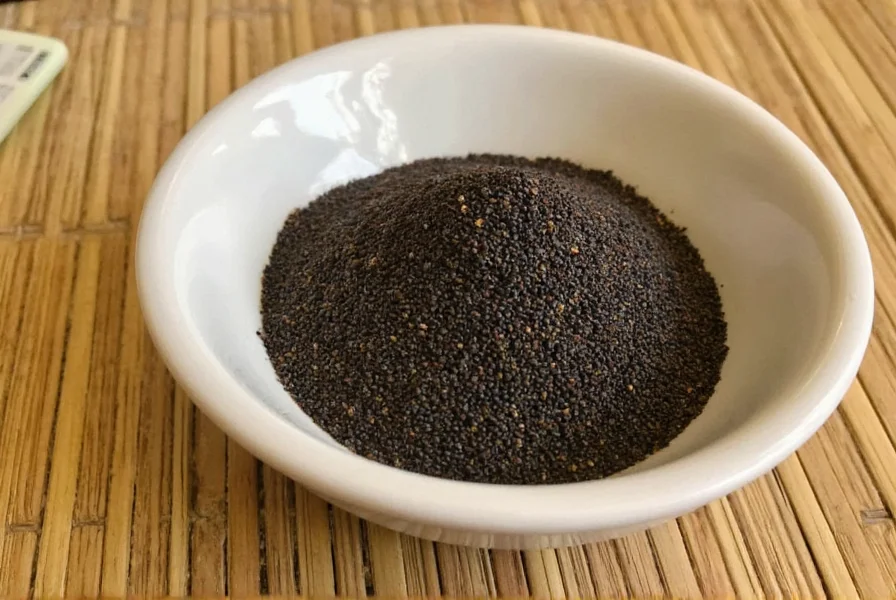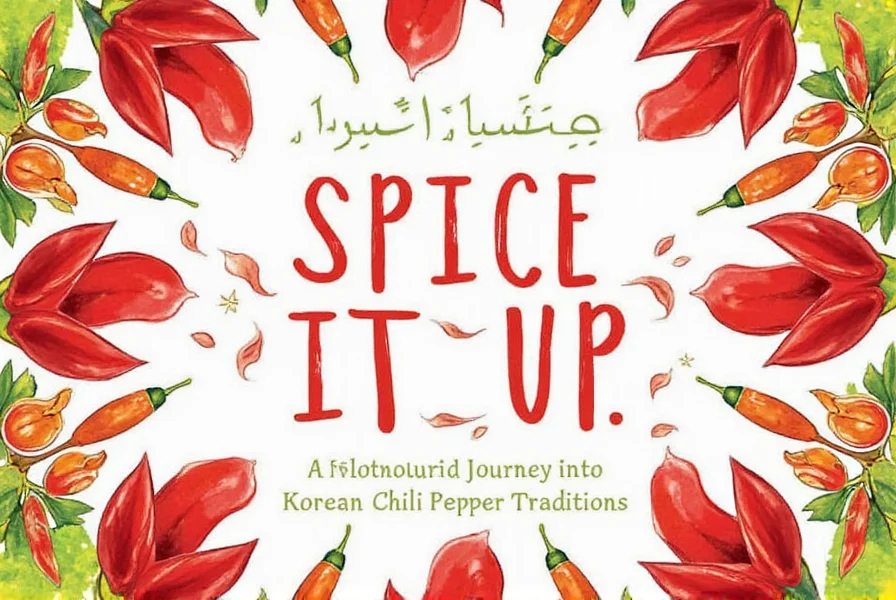Spice It Up: A Flavorful Journey into Korean Chili Pepper Traditions
Table of Contents
Introduction to Korean Chili Peppers
Korean chili peppers, also known as gochugaru or red pepper flakes, are a staple in Korean cuisine and have gained international recognition for their unique flavor and heat level. These small, wrinkled peppers are typically sun-dried and ground into a fine powder, making them versatile for both cooking and seasoning. Unlike other chili peppers, which may be used raw or in whole form, gochugaru is often used in its powdered state, adding depth and a mild to moderate heat to dishes.
What sets Korean chili peppers apart from others is their sweet, slightly smoky undertone that complements their spiciness. This balance makes them ideal for a wide range of dishes, from kimchi to soups and stews. The key to unlocking their full potential lies in understanding how they can be used and where they fit in global spice traditions.
Global Spice Traditions and the Role of Korean Chili Peppers
Spices have always been at the heart of cultural exchange and culinary evolution. From the fiery curries of India to the rich flavors of Mexican salsas, each region has its own unique spice profile. Korean chili peppers have carved out a special place in this global tapestry, bringing their own distinct character to the table.
In Korea, chili peppers were introduced during the 16th century and quickly became a cornerstone of daily cooking. Today, they’re found in nearly every traditional dish, including kimchi, tteokbokki, and gochujang (fermented chili paste). But their influence isn’t limited to Korea alone—global chefs and home cooks alike are now experimenting with gochugaru to add a new layer of flavor to their recipes.

The versatility of Korean chili peppers allows them to blend seamlessly with other global spices. For instance, when paired with cumin and coriander, they create a bold, earthy flavor profile perfect for meat dishes. When mixed with garlic and ginger, they bring a fiery kick to stir-fries and marinades. Their ability to adapt makes them a favorite among those who love to experiment with flavors.
Practical Tips for Using Korean Chili Peppers
If you're new to Korean chili peppers, here are some practical tips to help you make the most of them:
- Start Small: Gochugaru can be quite spicy, so begin with a small amount and adjust to your taste.
- Use Freshly Ground: If possible, grind your own chili peppers for the best flavor and aroma.
- Add to Dishes Gradually: Incorporate it into soups, stews, or sauces slowly to avoid overpowering the dish.
- Pair with Umami-Rich Ingredients: Korean chili peppers pair well with ingredients like soy sauce, miso, and fermented foods for a balanced flavor.
- Store Properly: Keep gochugaru in an airtight container away from light and moisture to maintain its potency.
One of the easiest ways to use gochugaru is by sprinkling it over grilled meats or vegetables. It adds a nice crunch and a subtle heat that enhances the overall taste without being overwhelming. You can also mix it into sauces like gochujang or even use it as a base for homemade chili oil.
Buying Guide: How to Choose the Best Korean Chili Peppers
When shopping for Korean chili peppers, there are several factors to consider to ensure you get the best quality. Here’s a detailed guide to help you make an informed choice:
Features to Look For
- Color: High-quality gochugaru should be bright red with no signs of mold or discoloration.
- Texture: The powder should be fine and evenly ground, with no large chunks or impurities.
- Aroma: A good chili pepper will have a strong, aromatic scent without any musty or stale notes.
- Heat Level: Check the heat rating (Scoville scale) to match your preference. Some varieties are milder, while others are quite spicy.
Advantages of Different Types
There are several types of Korean chili peppers, each with its own unique characteristics:
- Gochugaru (Red Pepper Flakes): The most common type, used in kimchi and various Korean dishes. Offers a balanced heat and sweetness.
- Gocho (Fresh Chili Peppers): Used in fresh recipes like salads and salsas. Has a more intense flavor and heat than the dried version.
- Gochujang (Fermented Chili Paste): A thick, sweet and spicy paste made from gochugaru. Ideal for marinating meats and adding depth to sauces.
Use Cases and Target Audience
Korean chili peppers are suitable for a variety of users, including:
- Cooking Enthusiasts: Those who enjoy experimenting with new flavors and global cuisines.
- Home Chefs: Perfect for adding a kick to everyday meals without the need for complicated recipes.
- Professional Chefs: Can be used creatively in fusion dishes or to enhance traditional Korean fare.
- Health-Conscious Individuals: Chili peppers are rich in antioxidants and capsaicin, which can aid digestion and boost metabolism.
Suitable Occasions
Korean chili peppers are ideal for:
- Korean Cooking Nights: Great for making authentic dishes like kimchi, tteokbokki, and bibimbap.
- Grilling and BBQ: Adds a smoky, spicy twist to grilled meats and vegetables.
- Fusion Cuisine: Works well in recipes that blend Korean and other global flavors.
- Seasonal Dishes: Perfect for adding warmth to winter soups and stews.
Comparison Table: Korean Chili Peppers vs. Other Spices
| Spice | Heat Level (Scoville) | Flavor Profile | Best Uses |
|---|---|---|---|
| Korean Chili Pepper (Gochugaru) | 500–10,000 | Smoky, sweet, and slightly tangy | Kimchi, soups, stews, and sauces |
| Jalapeño | 2,500–8,000 | Mild, grassy, and slightly fruity | Salsas, tacos, and stuffed peppers |
| Cayenne Pepper | 30,000–50,000 | Sharp, pungent, and hot | Hot sauces, rubs, and spice blends |
| Paprika | 100–1,000 | Smoky, sweet, and mild | Stews, roasted vegetables, and seasoning blends |
| Chipotle Pepper | 2,500–8,000 | Smoky, earthy, and slightly sweet | Chili, sauces, and barbecue rubs |

Conclusion
Korean chili peppers are more than just a spice—they’re a gateway to a world of flavor, culture, and culinary tradition. Whether you're a seasoned chef or a curious foodie, incorporating gochugaru into your kitchen can elevate your dishes in unexpected ways. With the right techniques and knowledge, you can unlock the full potential of this versatile spice and explore its role in global cuisine.
Remember, the key to enjoying Korean chili peppers is experimentation. Try different recipes, pair them with other spices, and let your taste buds guide you. As the saying goes, 'spice it up'—and with Korean chili peppers, you’ll never run out of ways to do just that.











 浙公网安备
33010002000092号
浙公网安备
33010002000092号 浙B2-20120091-4
浙B2-20120091-4